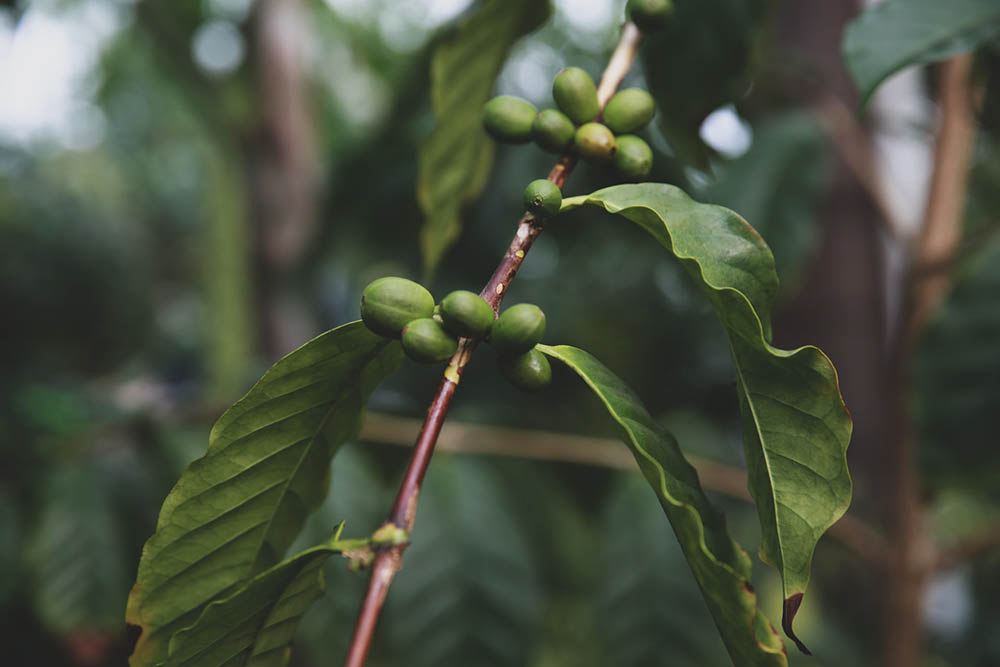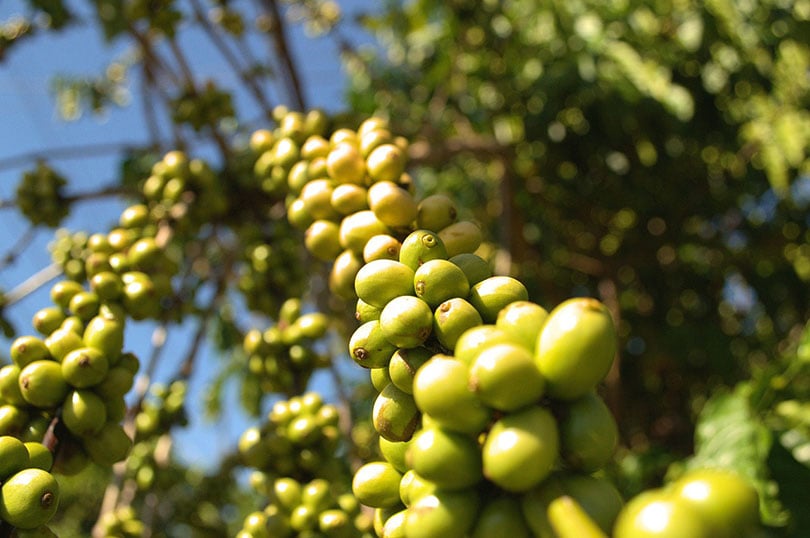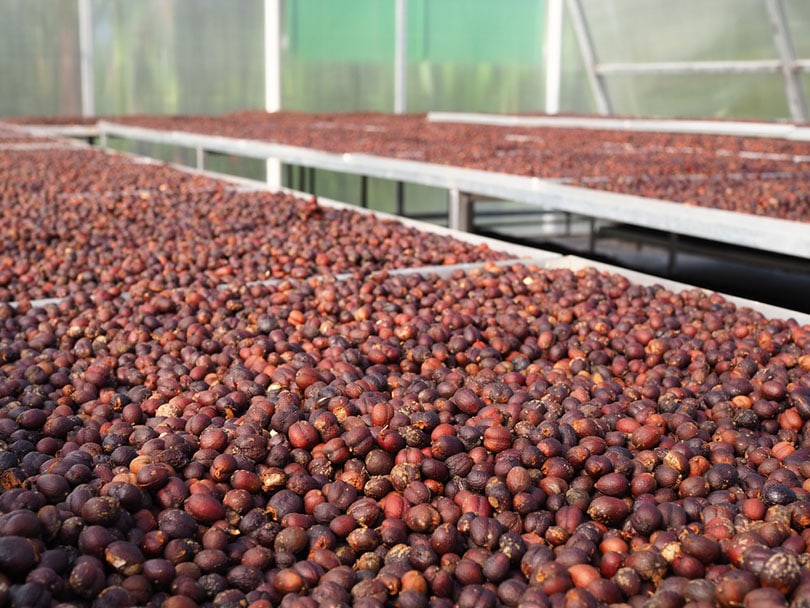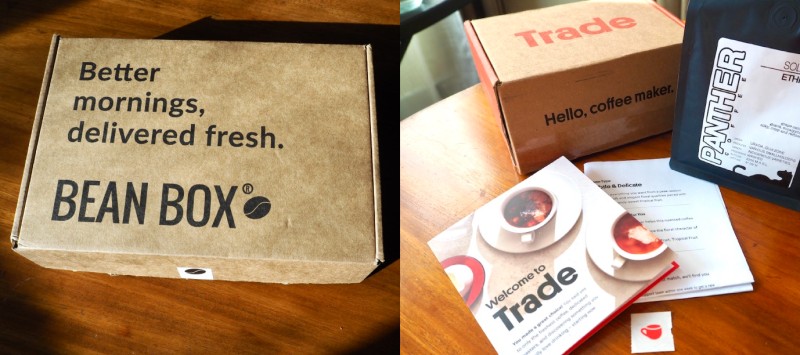
Are you a coffee lover who wants to know everything about the beans in your cup? For some coffee drinkers, they need to know what type of bean they’re consuming, how it was processed, and even where it came from. Others, well, they simply wake up, brew a cup of coffee, and move on with their lives. If you are the kind of coffee drinker who has a particular flavor palette and prefers one bean to another, then you have lots of questions.
There are 2 types of coffee most of us have the pleasure of drinking: Arabica and Robusta. While Arabica is the most popular, it is also the most difficult to produce. This is where Robusta shines. Robusta beans have a bad rap. Throughout the years, coffee drinkers have often considered these beans of lower quality and honestly, not as tasty as their counterparts. But when it comes to caffeine, kick, and the ability to be blended for coffee drinks, Robusta may have a slight edge over Arabica. At least for some people.
The real kicker, when it comes to Robusta, however, is where it’s grown. This hardier coffee plant is easier to grow and grows in more places around the world, like the leading country Vietnam. Let’s learn more about this bean and where it comes from so Robusta Coffee can finally get the respect it deserves.

What Is Robusta Coffee?
Robusta coffee comes from the Coffea canephora plant species. While often overlooked due to its harsher flavor, Robusta coffee is becoming more popular. Originating in Africa, Robusta coffee was discovered in the 1800s. Oddly enough, it was found growing in what was considered sub-Saharan regions where its counterpart, Arabica coffee, wouldn’t have done as well.
Originally, Robusta coffee was preferred for instant coffee and espressos. Today, Robusta beans are quite popular for those who enjoy a lot of caffeine and stronger coffee. Unlike Arabica coffee, Robusta coffee plants are known for their hardiness. They can grow in hotter climates, enjoy the sunshine, and even grow at lower altitudes than Arabica. A Robusta plant is even less susceptible to diseases and infestations of pests. The only thing these plants require a lot of is water.

Where Does Robusta Coffee Grow?
Most of the Robusta coffee produced in the world comes from Southeast Asia, Latin America, and the coffee’s original home of Africa. Vietnam is currently where most of the world’s Robusta coffee comes from. At least 40% of overall Robusta production comes from Vietnam. This staggering number makes it 2nd only to Brazil when it comes to the most coffee produced by a country. Indonesia, Uganda, the Democratic Republic of the Congo, and Brazil are also well-known suppliers of these coffee beans.
We were once led to believe that all coffee should be grown on a hill or mountainside for it to be successful. Robusta coffee has eliminated that need. Arabica coffee still needs to be grown at higher altitudes and particular temperatures. That’s not the case here. Robusta prefers altitudes between 600 and 2,000 feet. A crop can even produce cherries, where the coffee beans are found, within 6 months in certain regions.
Why the Hate for Robusta?
When mentioning Robusta coffee to an enthusiast you may see their nose crinkle at the thought of tasting it. Some compare it to harsh gas station coffee. But does that mean every cup of Robusta coffee is going to taste burnt and yucky? No, it doesn’t. You see, Robusta has always been seen as the lower-quality coffee bean. With the plant being so hardy, growers didn’t pay special attention to the plants or the beans they produced. Like with other things in life, however, that is changing and more coffee brands are choosing Robusta as part of their lineup.

A New Respect for Robusta Coffee
The lower price point of Robusta coffee is one of the reasons many are incorporating it into the coffees not to mention the added caffeine. These coffee plants cost less money to care for and unfortunately, for the farmers, don’t pay as much as Arabica beans. This is why many coffee brands choose to blend a bit of Robusta in with their Arabica in hopes of saving a bit of money.
You’ll also find that there are coffee companies out there who focus on Robusta beans and choose special brewing methods to make it tastier. When done right, these beans can have an earthy, oaky taste. When roasting is finished, it will taste like peanuts and offer a bit of bitterness. For some coffee lovers, especially those who want a strong coffee with lots of caffeine, this is their go-to brew.

Final Thoughts on Robusta Coffee Growing
Robusta coffee may not be everyone’s choice when it comes to what’s in their cup, but its importance can’t be denied. Whether it’s as a blend, in espresso, or a well-roasted cup of its own, Robusta coffee is here to stay. This hardy plant grows easier and stands up to dangers better than Arabica. With the ability to grow in sub-Saharan temps like those found in its homeland of Africa, the sky’s the limit when it comes to this coffee and what the future holds.
Featured Image Credit: Max Letek, Unsplash













